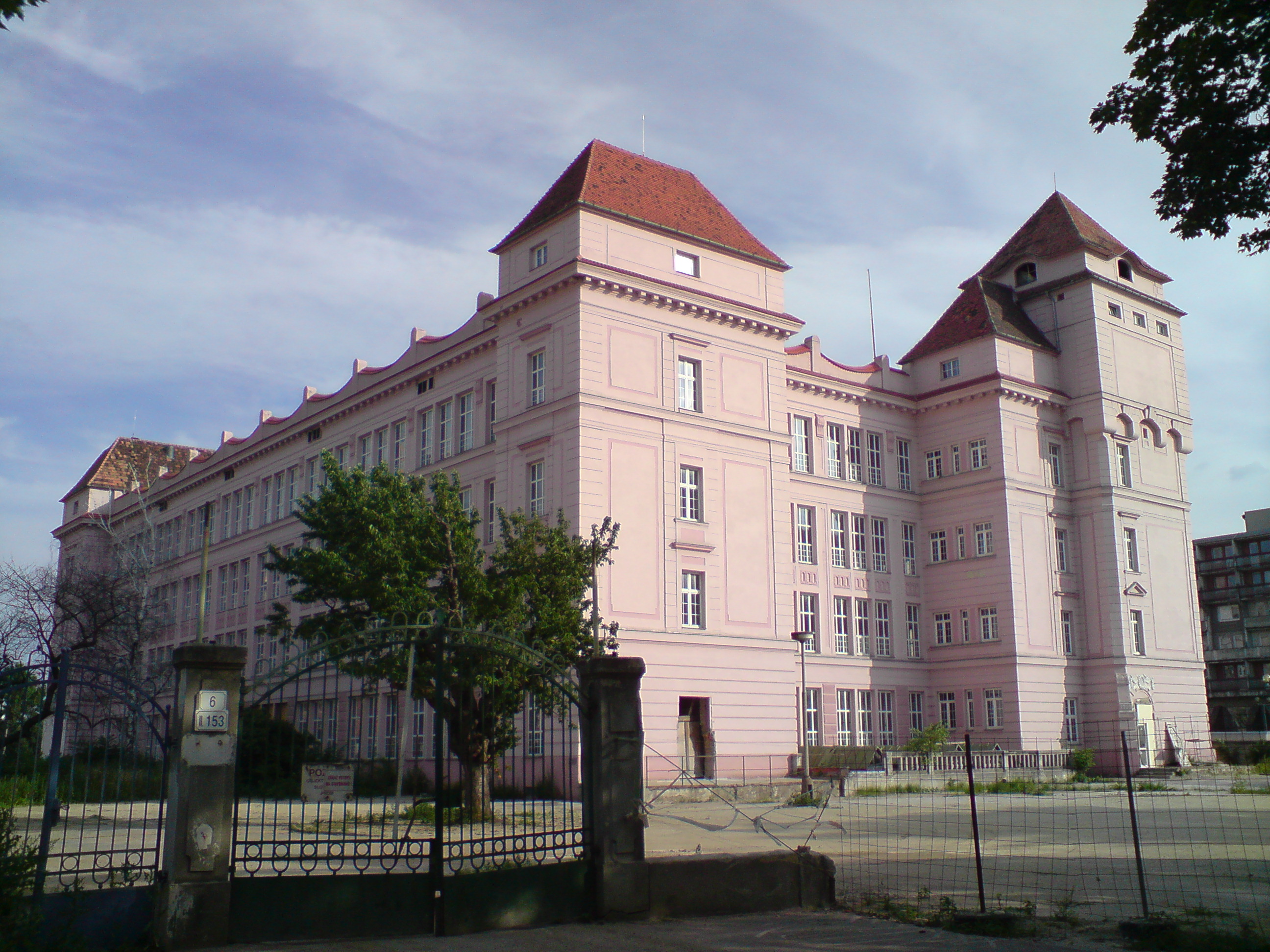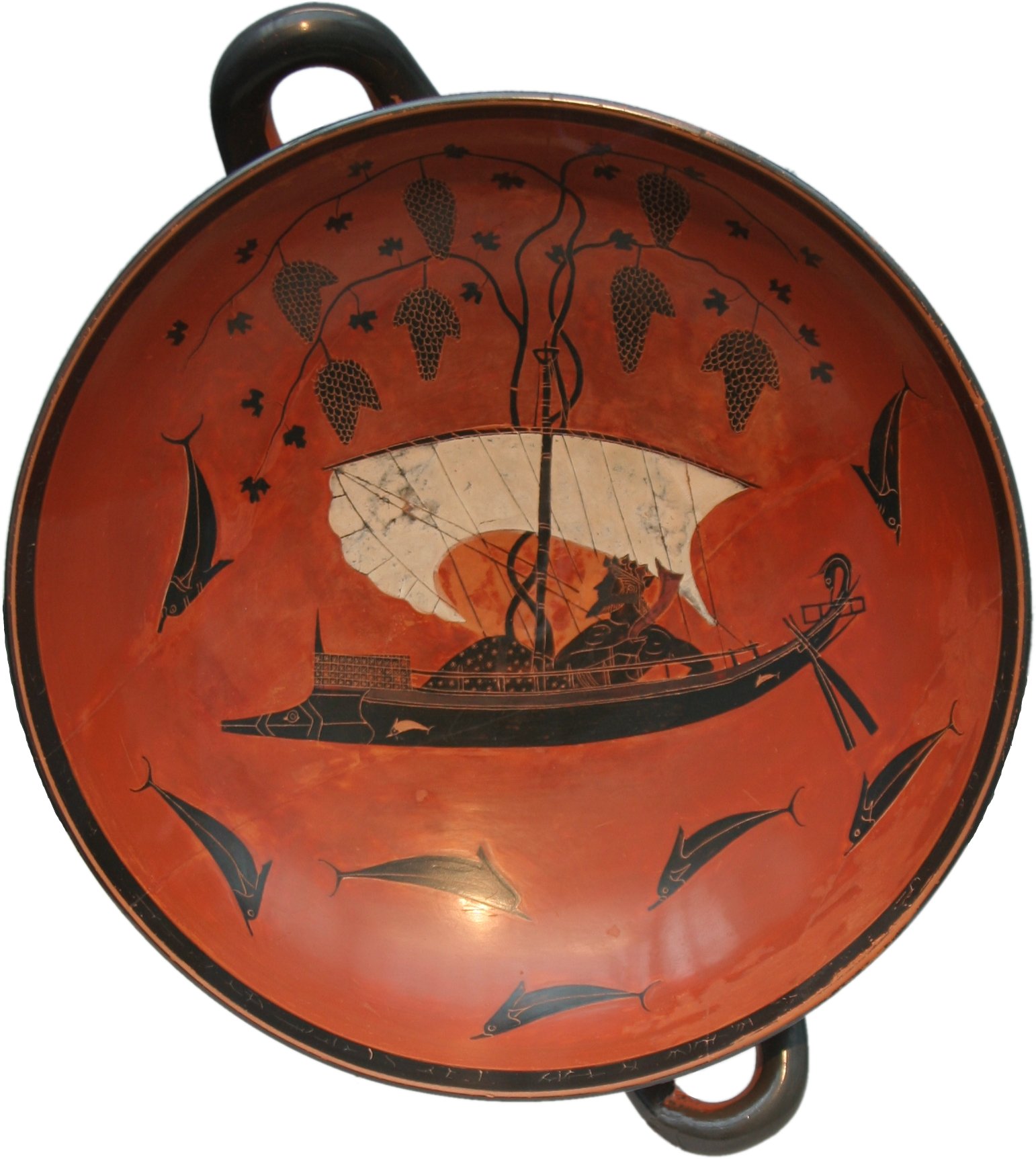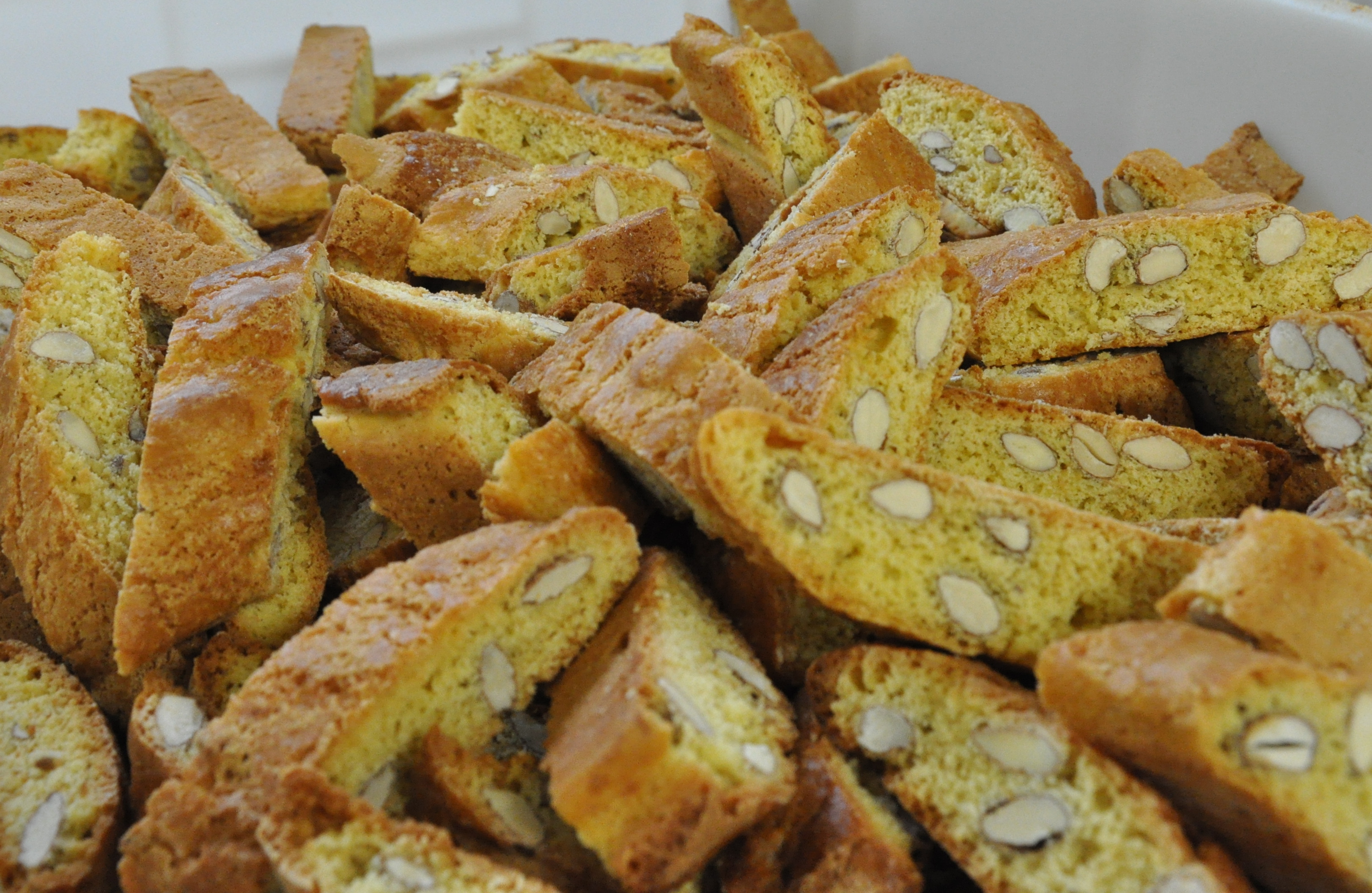|
Prato, Italy
Prato ( ; ) is a city and municipality (''comune'') in Tuscany, Italy, and is the capital of the province of Prato. The city lies in the northeast of Tuscany, at an elevation of , at the foot of Monte Retaia (the last peak in the Calvana chain). With 198,326 inhabitants as of 2025, Prato is Tuscany's second largest city after Florence, and the third largest in Central Italy. Historically, Prato's economy has been based on the textile industry and its district is the largest in Europe. The textile district of Prato is made up of about 7000 fashion companies, amounting to around 2 billion euros of city's export. The renowned Datini archives are a significant collection of late medieval documents concerning economic and trade history, produced between 1363 and 1410. The city boasts important historical and artistic attractions, with a cultural span that started with the Etruscans and then expanded in the Middle Ages and reached its peak with the Renaissance, when artists ... [...More Info...] [...Related Items...] OR: [Wikipedia] [Google] [Baidu] |
Flag Of Tuscany
The flag of Tuscany is the official flag of the region of Tuscany, Italy. The flag depicts a silver winged horse rampant on a white field between two horizontal red bands. The flag first appeared as a gonfalon on 20 May 1975 along with accompanying text ''Regione Toscana'' above the Pegasus. It was officially adopted as the flag of Tuscany on 3 February 1995. History The Pegasus image on the flag derives from a coin made by the Florentine artist Benvenuto Cellini in 1537. This coin was created by Cellini in order to honour Cardinal Pietro Bembo. Bembo was instrumental in the development of the Tuscan language as a literary medium and was honoured with the representation of Pegasus due to its symbolism and ties with creation. As a result, the Pegasus came to be associated as a symbol of the Tuscan region. The usage of Pegasus by the Tuscan region endured and was adopted by the Tuscan Committee of National Liberation (CTLN) as a symbol of Italian resistance in Tuscany to the ... [...More Info...] [...Related Items...] OR: [Wikipedia] [Google] [Baidu] |
Etruscans
The Etruscan civilization ( ) was an ancient civilization created by the Etruscans, a people who inhabited Etruria in List of ancient peoples of Italy, ancient Italy, with a common language and culture, and formed a federation of city-states. After adjacent lands had been conquered its territory covered, at its greatest extent, roughly what is now Tuscany, western Umbria and northern Lazio, as well as what are now the Po Valley, Emilia-Romagna, south-eastern Lombardy, southern Veneto and western Campania. A large body of literature has flourished on the origins of the Etruscans, but the consensus among modern scholars is that the Etruscans were an indigenous population. The earliest evidence of a culture that is identifiably Etruscan dates from about 900 BC. This is the period of the Iron Age Villanovan culture, considered to be the earliest phase of Etruscan civilization, which itself developed from the previous late Bronze Age Proto-Villanovan culture in the same region, p ... [...More Info...] [...Related Items...] OR: [Wikipedia] [Google] [Baidu] |
Textile Industry
The textile industry is primarily concerned with the design, production and distribution of textiles: yarn, cloth and clothing. Industry process Cotton manufacturing Cotton is the world's most important natural fibre. In the year 2007, the global yield was 25 million tons from 35 million hectares cultivated in more than 50 countries. There are five stages of cotton manufacturing: * Cultivating and harvesting * Preparatory processes * Spinning — giving yarn * Weaving — giving fabrics * Finishing — giving textiles In the textile industry, textile engineering is an area of engineering that involves the design, production, and distribution of textile products through processes including cultivation, harvesting, spinning, weaving, and finishing of raw materials, encompassing both natural and synthetic fibers. Synthetic fibres Artificial fibres can be made by extruding a polymer, through a spinneret (polymers) into a medium where it hardens. Wet spinning (rayon) uses a c ... [...More Info...] [...Related Items...] OR: [Wikipedia] [Google] [Baidu] |
Wool
Wool is the textile fiber obtained from sheep and other mammals, especially goats, rabbits, and camelids. The term may also refer to inorganic materials, such as mineral wool and glass wool, that have some properties similar to animal wool. As an animal fiber, wool consists of protein together with a small percentage of lipids. This makes it chemically quite distinct from cotton and other plant fibers, which are mainly cellulose. Characteristics Wool is produced by follicles which are small cells located in the skin. These follicles are located in the upper layer of the skin called the epidermis and push down into the second skin layer called the dermis as the wool fibers grow. Follicles can be classed as either primary or secondary follicles. Primary follicles produce three types of fiber: kemp, medullated fibers, and true wool fibers. Secondary follicles only produce true wool fibers. Medullated fibers share nearly identical characteristics to hair and are long but ... [...More Info...] [...Related Items...] OR: [Wikipedia] [Google] [Baidu] |
Campi Bisenzio
Campi Bisenzio () is a (municipality) in the Metropolitan City of Florence, in the Italian region of Tuscany, located about northwest of Florence. History The word Campi in the municipality's name stems from the fields which are widespread in the lands around the town. The current name of Campi Bisenzio was assumed only in 1862, with the addition of the name of the Bisenzio river that runs through the town. Campi Bisenzio is the place where the internal combustion engine was built for the first time by Felice Matteucci and father Eugenio Barsanti. A number of Renaissance artworks from the church of Sant'Andrea a San Donnino are housed in its adjacent museum. The church of Santa Maria a Campi Bisenzio still maintains many of its original artworks. International relations Twin towns — sister cities Campi Bisenzio is twinned with: * Coatbridge, Scotland, United Kingdom * Bir Lehlou Bir Lehlou (also transliterated ''Bir Lahlou'', ''Bir Lehlu'' Arabic language, Arabic: بئ ... [...More Info...] [...Related Items...] OR: [Wikipedia] [Google] [Baidu] |
Gonfienti (Prato)
Gonfienti is a ''frazione'' (detached village) located in the suburbs of the town of Prato Prato ( ; ) is a city and municipality (''comune'') in Tuscany, Italy, and is the capital of the province of Prato. The city lies in the northeast of Tuscany, at an elevation of , at the foot of Monte Retaia (the last peak in the Calvana ch .... The actor Giorgio Panariello lives here. Main sights *Remains of the Etruscan city of Camars *San Martino church. Of ancient origin, it was rebuilt in the 13th century and renewed between the 18th and 19th century. Two altarpieces from the 15th and 16th century, realized by the school of Giovanni Balducci or Giovan Pietro Naldini, are preserved inside. *The Prato freight village, one of the biggest in Tuscany, is located in the surroundings of Gonfienti. From here it is possible to observe the Cemetery in the locality La Macine. *An old villa belonged to Novellucci family is located in Gonfienti. It is now under restorations. Pra ... [...More Info...] [...Related Items...] OR: [Wikipedia] [Google] [Baidu] |
Etruscan Civilization
The Etruscan civilization ( ) was an ancient civilization created by the Etruscans, a people who inhabited Etruria in List of ancient peoples of Italy, ancient Italy, with a common language and culture, and formed a federation of city-states. After adjacent lands had been conquered its territory covered, at its greatest extent, roughly what is now Tuscany, western Umbria and northern Lazio, as well as what are now the Po Valley, Emilia-Romagna, south-eastern Lombardy, southern Veneto and western Campania. A large body of literature has flourished on the origins of the Etruscans, but the consensus among modern scholars is that the Etruscans were an indigenous population. The earliest evidence of a culture that is identifiably Etruscan dates from about 900 BC. This is the period of the Iron Age Villanovan culture, considered to be the earliest phase of Etruscan civilization, which itself developed from the previous late Bronze Age Proto-Villanovan culture in the same region, p ... [...More Info...] [...Related Items...] OR: [Wikipedia] [Google] [Baidu] |
Paleolithic
The Paleolithic or Palaeolithic ( years ago) ( ), also called the Old Stone Age (), is a period in human prehistory that is distinguished by the original development of stone tools, and which represents almost the entire period of human prehistoric technology. It extends from the earliest known use of stone tools by Hominini, hominins, 3.3 million years ago, to the end of the Pleistocene, 11,650 Before Present#Radiocarbon calibration, cal Before Present, BP. The Paleolithic Age in Europe preceded the Mesolithic Age, although the date of the transition varies geographically by several thousand years. During the Paleolithic Age, hominins grouped together in small societies such as band society, bands and subsisted by gathering plants, fishing, and hunting or scavenging wild animals. The Paleolithic Age is characterized by the use of Knapping, knapped stone tools, although at the time humans also used wood and bone tools. Other organic commodities were adapted for ... [...More Info...] [...Related Items...] OR: [Wikipedia] [Google] [Baidu] |
Biscotti
Biscotti are Italian almond biscuits originating in the city of Prato, Tuscany. They are twice-baked, oblong-shaped, dry, and crunchy. In Italy, they are known as , or and may be dipped in a drink, traditionally Vin Santo. Smaller biscotti may be known as or . In Italian, the word (: ) encompasses all types of biscuits or cookies. Etymology The Italian word (singular ), originates from the Medieval Latin word , meaning 'twice-cooked', which described items that were made from dough and baked twice, so they became very dry and could be stored for long periods of time. Such non-perishable food was particularly useful during journeys and wars, and twice-baked breads were a staple food of the Roman legions. Biscotti, in this sense, shares its origin with the English ''biscuit'' (from Old French ), which is used for a wide variety of baked goods, biscuits, crackers, and breads, only a few of which are actually baked twice. In modern Italian, the word refers to any biscuit ... [...More Info...] [...Related Items...] OR: [Wikipedia] [Google] [Baidu] |
Cantucci
Biscotti are Italian cuisine, Italian almond biscuits originating in the city of Prato, Tuscany. They are twice-baked, oblong-shaped, dry, and crunchy. In Italy, they are known as , or and may be dipped in a drink, traditionally Vin Santo. Smaller biscotti may be known as or . In Italian language, Italian, the word (: ) encompasses all types of biscuits or cookies. Etymology The Italian word (singular ), originates from the Medieval Latin word , meaning 'twice-cooked', which described items that were made from dough and baked twice, so they became very dry and could be stored for long periods of time. Such non-perishable food was particularly useful during journeys and wars, and twice-baked breads were a staple food of the Roman legions. Biscotti, in this sense, shares its origin with the English ''biscuit'' (from Old French ), which is used for a wide variety of baked goods, biscuits, crackers, and breads, only a few of which are actually baked twice. In modern Italian ... [...More Info...] [...Related Items...] OR: [Wikipedia] [Google] [Baidu] |
Botticelli
Alessandro di Mariano di Vanni Filipepi ( – May 17, 1510), better known as Sandro Botticelli ( ; ) or simply known as Botticelli, was an Italian painter of the Early Renaissance. Botticelli's posthumous reputation suffered until the late 19th century, when he was rediscovered by the Pre-Raphaelites who stimulated a reappraisal of his work. Since then, his paintings have been seen to represent the linear grace of late Italian Gothic and some Early Renaissance painting, even though they date from the latter half of the Italian Renaissance period. In addition to the mythological subjects for which he is best known today, Botticelli painted a wide range of religious subjects (including dozens of renditions of the ''Madonna and Child'', many in the round tondo shape) and also some portraits. His best-known works are '' The Birth of Venus'' and '' Primavera'', both in the Uffizi in Florence, which holds many of Botticelli's works.. Botticelli lived all his life in the same ne ... [...More Info...] [...Related Items...] OR: [Wikipedia] [Google] [Baidu] |
Filippo Lippi
Filippo Lippi ( – 8 October 1469), also known as Lippo Lippi, was an Italian Renaissance painter of the Quattrocento (fifteenth century) and a Carmelite priest. He was an early Renaissance master of a painting workshop, who taught many painters. Sandro Botticelli and Francesco di Pesello (called Pesellino) were among his most distinguished pupils. His son, Filippino Lippi, also studied under him and assisted in some late works. Biography Lippi was born in Florence in 1406 to Tommaso, a butcher, and his wife. He was orphaned when he was two years old and sent to live with his aunt, Mona Lapaccia. Because she was too poor to rear him, she placed him in the neighboring Carmelite convent when he was eight years old. There, he started his education. In 1420, he was admitted to the novitiate of the Order of the Brothers of the Blessed Virgin Mary of Mount Carmel, known commonly as the Carmelites, at the priory of Santa Maria del Carmine in Florence, taking religious vows in the ... [...More Info...] [...Related Items...] OR: [Wikipedia] [Google] [Baidu] |







